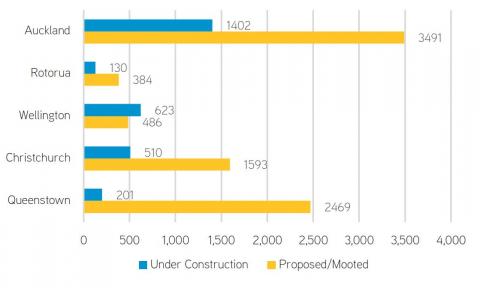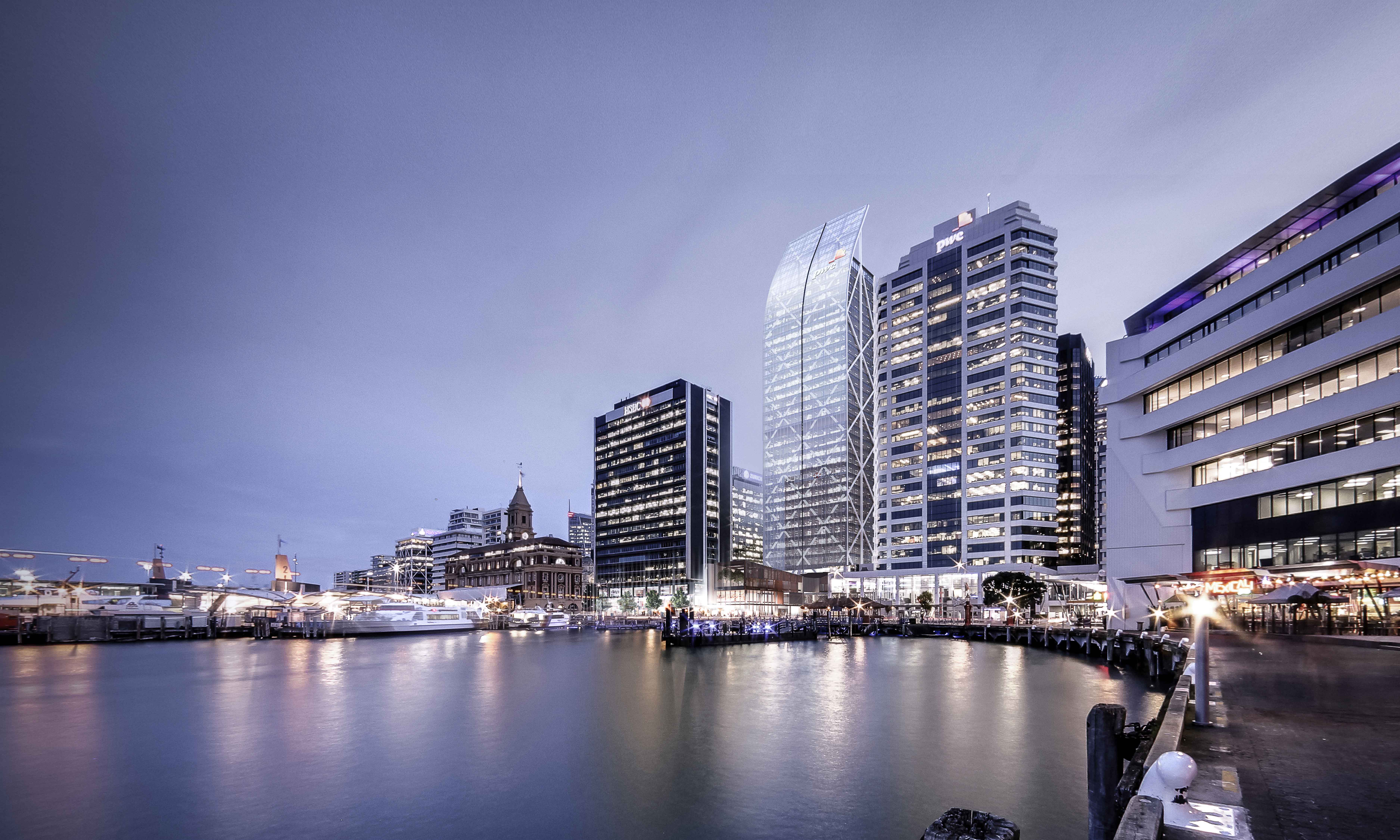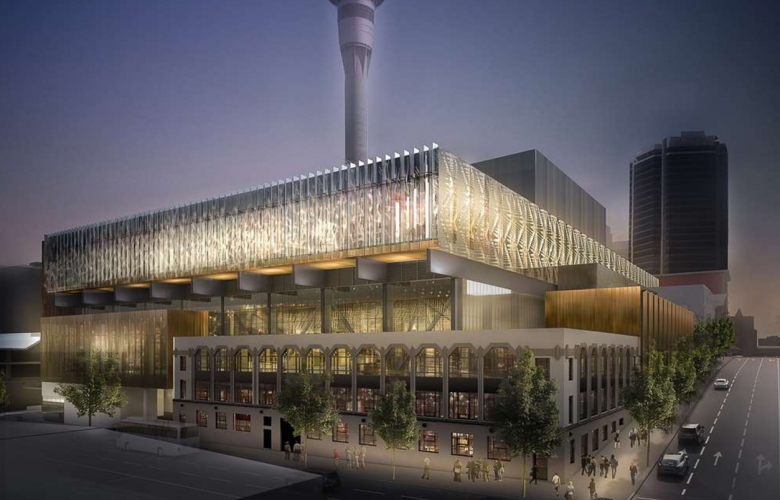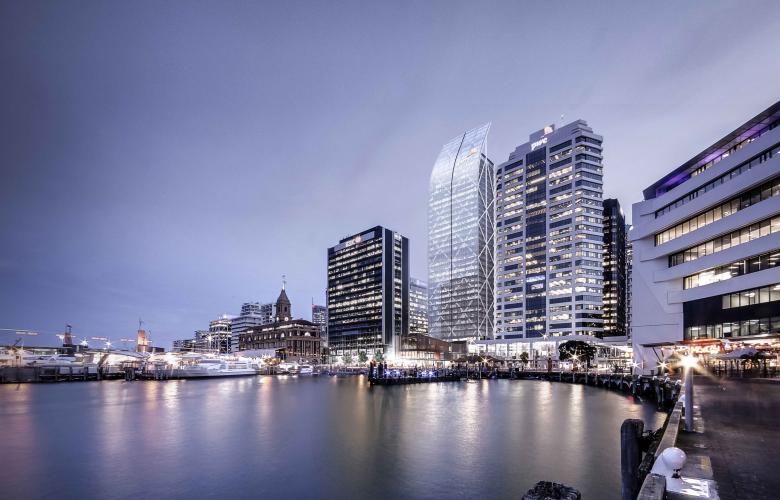Hotel development in New Zealand shows unprecedented growth
Contact
Hotel development in New Zealand shows unprecedented growth
Auckland, alone, has nine current hotel projects under construction and 30 more in the pipeline as investors look to take advantage of the ongoing tourism boom that started in 2013.
A hotel development boom is well underway throughout New Zealand, new research from Colliers International shows.
Dean Humphries, National Director of Hotels at Colliers International, says the country is in the midst of the highest level of development activity in its history as investors look to take advantage of the ongoing tourism boom that started in 2013.
At a glance:
Colliers International Research shows New Zealand’s hotel development is booming with:
- Auckland: 1402 rooms under construction, and 3491 more proposed
- Rotorua: 130 rooms under construction, and 384 more proposed
- Wellington: 623 rooms under construction, and 486 more proposed
- Christchurch: 510 rooms under construction, and 1593 more proposed
- Queenstown: 201 rooms under construction, and 2469 more proposed
- That gives a total of 2866 rooms under construction, and 8873 more proposed
“Auckland, our country’s international gateway city, is leading the way with nine projects currently under construction, totalling about 1,400 guest rooms.
“We are also aware of at least 30 pipeline projects currently in early planning/design and feasibility phases, representing over 3,500 additional guest rooms.
“This level of hotel development activity is unprecedented in the New Zealand context and is a reflection of the exceptional growth in hotel trading conditions over the past four years.
“Latest market indicators to the year ended June 2017 show Auckland reached an average occupancy rate of 87 per cent at an average room rate of $200.”
Humphries says outside of Auckland, other metropolitan markets throughout the country are also undergoing a flurry of development activity.
Estimated Market Inventory and Development Pipeline

Colliers International Research
Five projects with a total of about 600 rooms are under construction in the Wellington region, two of which are existing hotels undergoing repairs.
In Christchurch, the 204-room Crowne Plaza Christchurch was recently completed, and a further three hotels with some 470 rooms are under construction.
“Surprisingly, Queenstown, New Zealand’s leading tourism destination and the region needing new hotel inventory the most, only has three small hotels under construction totalling just 200 guest rooms,” Humphries says.
“However, no fewer than 15 projects totalling just under 2,500 new guest rooms are currently on the drawing board.”
Humphries says while demand fundamentals are strong in most regions throughout the country, there are a number of barriers to entry for investors and developers looking to enter the market.
These barriers include high construction and land costs; an often lengthy and complex consenting process; availability of development funding; and in the case of Auckland, the newly implemented Accommodation Provider Targeted Rate which has created an additional impediment to project feasibility.
“Furthermore, developers looking to build over the short term are also having to deal with resource constraints within the construction sector,” Humphries says.
“For instance, Auckland is highly constrained with limited capacity to build new hotels over the next few years due to construction resources being tied up with significant infrastructural and private sector developments such as the New Zealand International Convention Centre, City Rail Link, and Precinct Properties’ Commercial Bay development.

Auckland's Commercial Bay development is tying up many construction resources constraining capacity for new hotel development, image credit: Precinct Properties New Zealand
“To summarise, it is evident that there is now significant interest in the development of hotels to cater for medium term demand. As such, it is now a case of pulling together the required resources to actually build these hotels.”
The Colliers International report also offers words of caution for the booming hotel and tourism sectors, noting in particular growth in Chinese inbound visitors has now stalled after multiple years of double digit growth.
Humphries further notes that an overabundance in new supply, particularly in regions where demand is less pronounced, will likely have a negative impact on hotel performance and asset values, citing overseas examples such as Brisbane and Perth, which are now suffering from a glut of new hotel rooms that are driving down occupancy and room rates.
“In this regard, we need to keep a close eye on all of New Zealand’s key tourism markets to ensure the balance in demand and supply does not tilt too far towards the supply side,” he says.
See also:
Get to know Dean Humphries of Colliers International
Sports tourism pushes hotel occupancy rate to 90% in Australia’s and New Zealand’s sporting capitals








